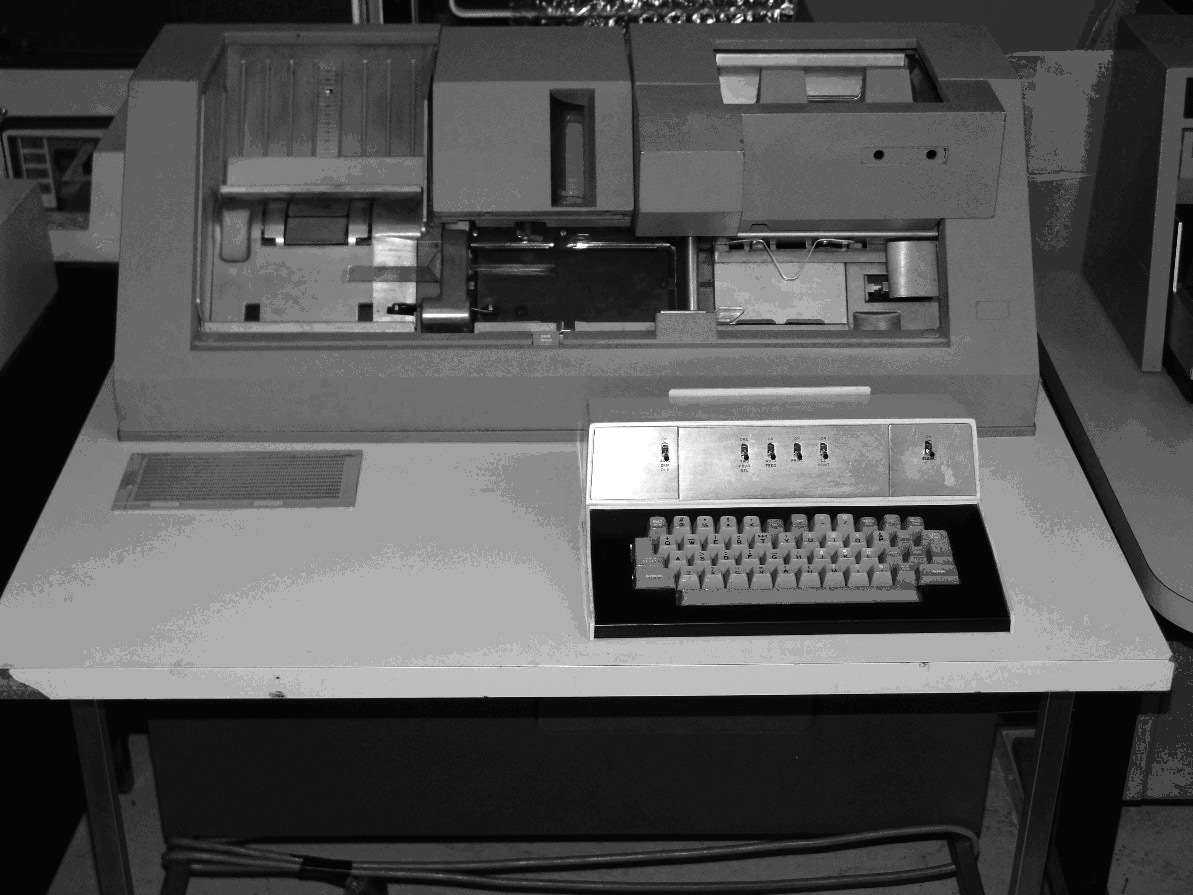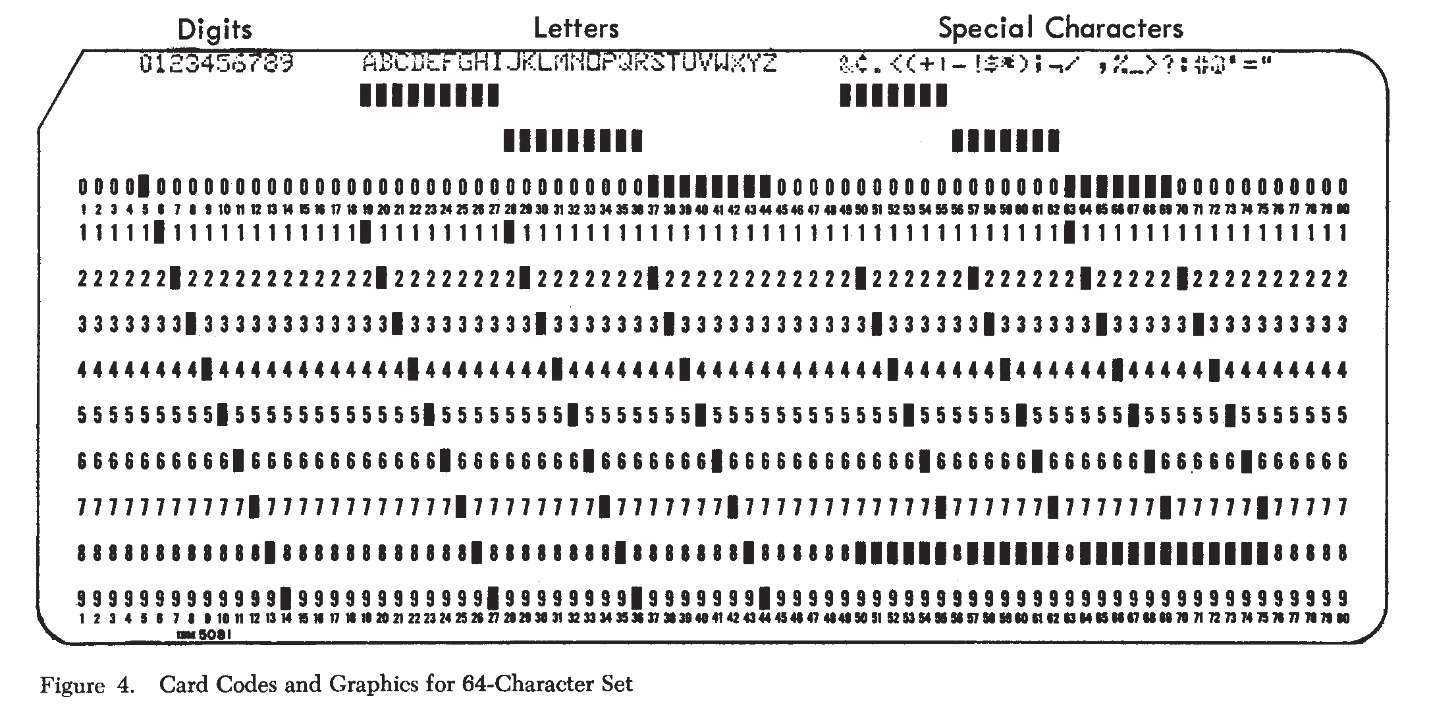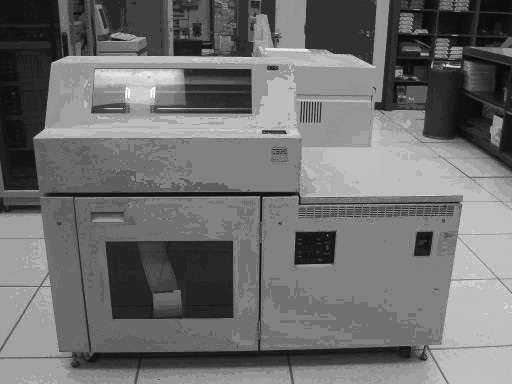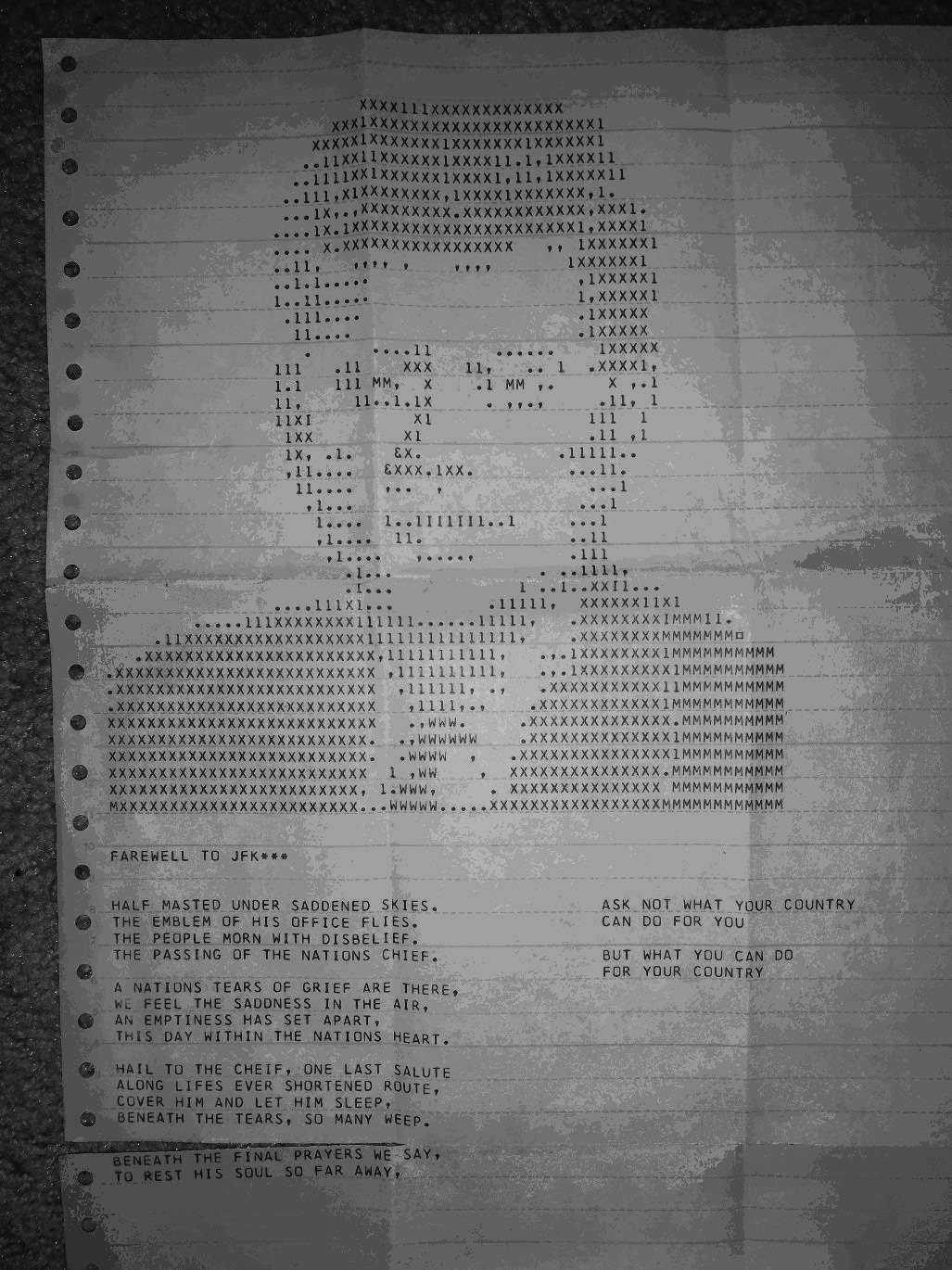Historic Hacking
by Huntech
A lot has happened in the computer world in my lifetime!
This article is meant to show you just how far computers have come.
I'm now 57-years-old and in 1975/6 I was in grade 10 in high school. At that time, a forward-thinking teacher had created a computer science course at the high school. It's hard to believe, but we didn't have any computers in the class - we were using the Board of Education's mainframe computer (which was located at the Board office several miles away). Note that this computer did not have a screen or keyboard for us to use: we typed our programs using a huge keypunch machine onto keypunch cards.
We had three keypunch machines in a separate room down a hallway at the school. Here's how it worked: You would first write out your program with pencil and paper. When you thought it would do what it was supposed to, you would type it onto punch cards: one card per line.
So, for example, a card might have the text: for I = 1 to 10 (or something like: DO 37990 I=1,10)
Note that we were programming in the evil language FORTRAN which is used mostly for mathematical calculations.
You would put a stack of blank cards in one slot on the machine, it would feed in a card, you would type your line on the keyboard and it would punch the card. If you made a typing mistake at this time, you would have to re-type the card. Once the program was complete you would have a stack of cards held together with an elastic.
Now to run the program, it would have to be couriered to the board office (which took one or two days), they would have to run the program (which took one or two days), and the results would have to be couriered back to the school (which took one or two days). So turnaround time was usually one week.
Normally what would happen is that there would be a typing error that you didn't catch. For example, the line above might have been typed in as: fer I = 1 to 10
This would result in error and you would have to fix the error and re-submit the cards (which would take a week). Then you would likely have a logic error (for example, forgetting to define a variable or having an endless loop). This would require you to fix the error and re-submit the cards (which would take a week).
So it could take a few months to get a simple program to work properly. To run the programs at the board office, they would put your stack of cards into a hopper which would quickly read them all and the results would come out on a mainframe printer. Typically, several pages of text would print. God help you if you had an endless loop which could chew through tons of pages of paper.
Now being forward thinking students, we got permission to go to the board office and run the programs ourselves. So in one evening, we were able to run all the assignments for the whole year! While at the board's computer room, we noticed that there was a printer loaded with the paper for the mid-term report cards. This was a golden opportunity for us to create look-alike report cards with teachers' nicknames, great marks for ourselves, and comments such as "best student in class."
From that start, we found we could go the university's computer room and run programs there, so we had quite a lot of fun in those days running printer art. This was made by using a series of characters (and white space) to print a picture that from afar would look like something (such as a nude female or a picture of President Kennedy).
At university, I started by using the mainframe, but in my second year they had a system of terminals that fed data to the mainframe so you could work at a screen/keyboard. Later that year (1981), microcomputers started showing up. We did our first work on punch cards at university. One time I had a large stack of cards in my backpack that got wet when I rode my bike home. They wouldn't read through the machine. Luckily, they had machines that could read damaged cards and make a copy of them.
The young people of today are very lucky to live in a time when computer technology is advancing so quickly and there are a lot more things that can be done on the computer.



